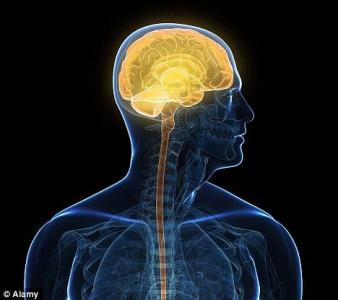
保护控制微血管血流的周细胞可能是治疗中风的的关键
中风又称脑卒中,是指由于脑部供血受阻而迅速发展成的脑功能损失,可造成永久性神经损害。
日前,来自伦敦大学学院与牛津大学等机构的科学家们在近期《自然》(Nature)杂志上报告称,通过挽救控制微血管血流的周细胞(pericyte),有可能减轻中风引起的长期脑损伤。此前许多研究人员都认为,脑内血流量仅受微动脉直径变化控制。而这项最新研究表明,实际上主要是周细胞缩紧或松开毛细血管时,毛细血管扩大或缩小控制了大脑血液供应。
研究发现,周细胞不仅是大脑血流量的主要控制因子,中风之后它们还收缩并死在毛细血管的周围。这显著地损害了长期的血流量,对脑细胞造成持久的破坏。研究人员证实,某些化合物可以减少一半实验室中模拟中风导致的周细胞死亡,并希望能将这些化合物开发为药物来治疗中风患者。
论文资深作者、伦敦大学学院神经科学教授 David Attwell 表示:“如果中风患者能够及早到达医院,目前临床医生可以将堵塞大脑血流的血凝块除去。然而,周细胞引起的毛细血管收缩,通过长期限制血液供应,可在除去血凝块后进一步对神经细胞造成损伤。我们最新的研究表明,设计一些药物来阻止毛细血管收缩或许可为减轻中风引起的功能障碍提供一些新疗法。”
论文作者之一、牛津大学医学部主任 Alastair Buchan 教授表示:“这一发现提供了全新的中风治疗策略。重要的是,我们现在应该能够鉴别出一些靶向这些细胞的药物。如果我们可以阻止周细胞死亡,应该会有助于将大脑的血流量恢复至正常,阻止中风后我们看到的进行性发展的慢性损伤,避免造成患者的神经功能失常。”
此外,这项最新研究还提供了利用功能性磁共振成像来检测大脑血流量改变一些潜在机制的新认识。Attwell 教授表示:“功能性成像使得我们能够看到人类大脑中的神经细胞活动,但直到现在我们都并不是很清楚我们看到的是什么。我们证实,是周细胞启动了神经细胞活跃时看到的血流量增高,因此现在我们知道了,功能性的成像信号是由周细胞介导的毛细血管直径扩张所引起。确切地了解功能成像所显示的东西,将帮助我们更好地理解及注释我们所看到的一切。”
原文摘要:
Capillary pericytes regulate cerebral blood flow in health and disease
Catherine N. Hall, Clare Reynell, Bodil Gesslein, Nicola B. Hamilton, Anusha Mishra, Brad A. Sutherland, Fergus M. O’Farrell, Alastair M. Buchan, Martin Lauritzen & David Attwell
Increases in brain blood flow, evoked by neuronal activity, power neural computation and form the basis of BOLD (blood-oxygen-level-dependent) functional imaging. Whether blood flow is controlled solely by arteriole smooth muscle, or also by capillary pericytes, is controversial. We demonstrate that neuronal activity and the neurotransmitter glutamate evoke the release of messengers that dilate capillaries by actively relaxing pericytes. Dilation is mediated by prostaglandin E2, but requires nitric oxide release to suppress vasoconstricting 20-HETE synthesis. In vivo, when sensory input increases blood flow, capillaries dilate before arterioles and are estimated to produce 84% of the blood flow increase. In pathology, ischaemia evokes capillary constriction by pericytes. We show that this is followed by pericyte death in rigor, which may irreversibly constrict capillaries and damage the blood–brain barrier. Thus, pericytes are major regulators of cerebral blood flow and initiators of functional imaging signals. Prevention of pericyte constriction and death may reduce the long-lasting blood flow decrease that damages neurons after stroke


 扫扫二维码关注我们
扫扫二维码关注我们